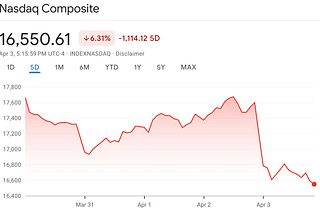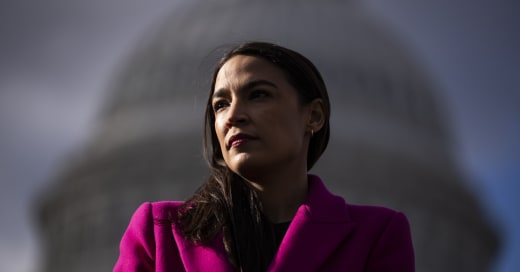There’s something to be said for seeing a good horror movie with a good crowd: the yips and the shrieks giving way to nervous laughter as the audience comes together while sitting alone in the dark, onscreen tension melting into in-person bonhomie.
So it was with A Quiet Place Part II, which I caught on IMAX at a late-Thursday showing, surrounded by folks ready to get back to moviegoing on the regular. You have to be a regular moviegoer to show up for this kind of show, the 9:45 Thursday evening show, the show that gets you home right around midnight, assuming you don’t have too far to drive home. This is the cadre, the bleeding edge. These are the people who missed that sensation.
And they, as best as could be told, had a blast. A Quiet Place Part II isn’t quite as tight as the first, which is an express train of cinematic tension. But writer/director John Krasinski has done an admirable job of putting us back into the terrifying action without adding too much fat to the story.
After a brief prologue in which we see “Day 1”—that is, the day the aliens arrived and started murdering everyone who spoke above a whisper like the vengeful cousins of the angry librarian specter at the beginning of Ghostbusters—we pick up right where the action of the first film left off. Alien bodies litter the floor of the Abbotts’s farmhouse, while Evelyn (Emily Blunt) gathers supplies to get her three children, Regan (Millicent Simmonds), Marcus (Noah Jupe), and a newborn to safety.
They’re headed to a factory or maybe a foundry, something slightly industrial, anyway, where family friend Emmett (Cillian Murphy) has holed up. Over the last year and a half, Emmett has lost his own family—kids to the monsters; his wife to disease—and he’s lost his way, too. He’s scared, simply trying to survive. In his terror, he’s forgotten what it means to truly live even as he clings to life.
Regan is her father’s daughter, and when she hears a radio signal she sets out to transmit the frequency generated by her hearing aids that causes the alien heads to explode. Well, not quite explode—you need a good, reliable gun to make sure they explode—but the aids aid in the exploding by revealing the extraterrestrials’ inner, gooey weakness.
Murphy is great as always; there’s an alternate timeline in which he won the role of Christopher Nolan’s Batman and became one of the biggest stars in the world, but then we’d miss out on turns like this one. And that’d be a shame. Blunt’s Evelyn remains among my favorite of her roles, right up there with Rita from Edge of Tomorrow or Emily from The Devil Wears Prada.
But the heart of this movie, even more so than the first, is the kids. If A Quiet Place is about what a father will do to protect his family, to save his children, then Part II is at least in part about children overcoming their fear to become the head of household. Simmonds’s Regan has been headstrong from the beginning, so this is more about Marcus’s growth; Jupe plays the boy with a sort of wide-eyed fear throughout, diving away from fastballs in the film’s opening moments and begging his mommy to stay with him later on. Right up until the end, that is, when he accepts the mantle of man of the house and adopts the steely gaze of someone who knows what it takes to defend his loved ones from death, his mother looking on with admiration at the man her son has become.
Again, A Quiet Place Part II is a bit looser than the first and is a hair more reliant on jump scares—random things falling out at characters to provide jarring shocks as opposed to letting images slide by in the background, heightening tension—than its predecessor. But it’s a damn fine time at the movies, the sort of thrill ride engineered to be experienced with a crowd of like-minded strangers.











